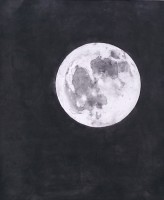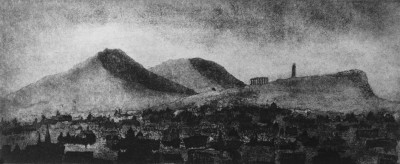Here’s a map of all the Scottish lighthouses that I found at Ardnamurchan Point. There’s a lot of them! Almost 100 and pretty much all built by the Stevenson family within 100 years from the first (the Bell Rock) which was finished in 1810. I hope to get to as many as possible over the next few months as part of my project, The Lights That Never Go Out, An Artistic Odyssey From Muckle Flugga To The Mull of Galloway.
So after a day spent washing clothes and repacking the campervan after the Easter trip to the west coast, I’m off again to spend the next few days and nights sketching and photographing the lighthouses between Montrose and Fraserburgh. Tonight I’m hoping for a clear and starry sky (ie. no fog horn!) spent at the foot of Rattray Head.










